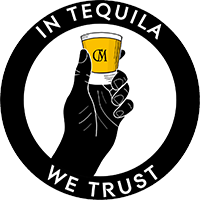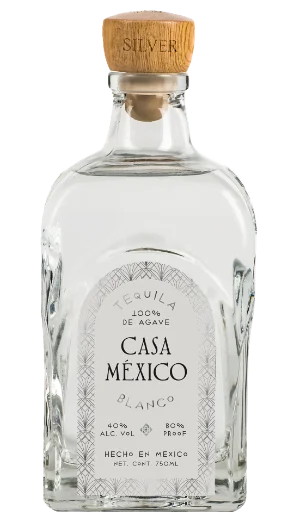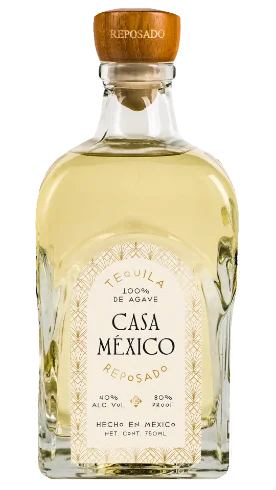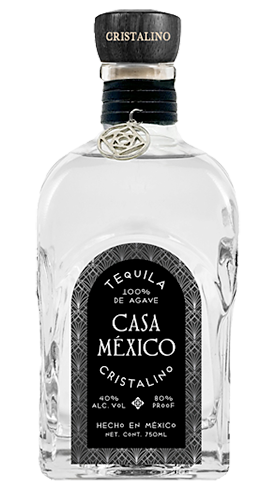The (Still Mostly) Truth About Tequila
The Truth About Tequila was first published in 1975 by Gregory Curtis, a writer for Texas Monthly magazine. The article does a fantastic job of the depiction of the early days of tequila in the U.S. dating back to the early 1970s. Most importantly, though, Curtis’ article tells the story of tequila’s origins in Jalisco, Mexico, and the spirit’s journey north of the border.
Almost 50 years later, Curtis’s article still provides one of the most detailed accounts of how blue agave becomes tequila. We wanted to breakdown his findings here but add some further explanations and give an updated story.
All Tequila is Mezcal, but not all Mezcal is Tequila.
We want to get it straight once and for all. Every tequila is categorized as a mezcal, but as the plant used to in tequila isn’t the same plant used in producing mezcal, one cannot say that mezcal is tequila. Production details aside, regions and components for making tequila are very distinct. Much like with fine wines— each has a unique terroir; thus, one mustn’t merely group all agaves.
Agave is not a Cactus By The Way
Another common misnomer, debunked by Curtis, is that the agave plant is not a type of cactus. Agave, which is a succulent, typically retains more liquid towards its roots. Cactus, on the other hand, will yield pulque, not tequila— el maguey. Though many of us not native to Mexico is not expected inherently to know the distinction.
Tequila Drinking Face
“Do you like that stuff straight,” he said, “or should I smooth it out for you?”
“Smooth it out with what?” I said. “You got a wood rasp handy?”
He grinned. I drank a little more of the tequila and made a face.
“Did somebody invent this stuff on purpose?”
— An excerpt From Finger Man by Raymond Chandler as cited in The Truth About Tequila, by Thomas Curtis.
Once Upon A Time in Hollywood: A Long History of Partnerships
It took both the Spanish colonizer distilling the agave using techniques from the Old World to perfect it, and the wit of influential figures to popularize it in places like the United States.
It’s not common knowledge that famed actor and vocalist, Bing Crosby, saw a demand and an opportunity to import tequila and essentially became a pioneer of agave spirits in the United States. After Crosby, many people of influence followed suit and discovered a deep infatuation with Jalisco and its most secretive destilerías.
Today, it’s a widely accepted belief that for the best jimadors, one must find the road to Jalisco: the road most traveled by influential figures in search of the perfect terroir and tequileros.
The Boom Years Are Here
For a long time, tequila in the U.S. was a scarce commodity and limited to a few large producers. As a result, many Americans have had insufficient exposure and education of agave spirits and their particular nuances.
Nowadays, we’re living in a time that some like to call The Tequila Boom Years. A lot of different varieties and styles are now on the market, and an interest in the history, farming, and culture behind agave spirits has increased in the United States. Long gone are the days when many Americans hadn’t tasted tequila before. ¡Gracias a Dios por eso!
… Baby Boomers Got it All Started
Baby Boomers gave tequila its first rush in America. In 1973, consumption was up to 11 million liters: an increase of about 400% in five years. Rumor has it that The Rolling Stones tour in ’72 was fueled by tequila, particularly in the form of the Tequila Sunrise, recommending to fans that tequila in the morning is not such a bad idea after all. Feeling inspired, young Stones fans founded a tequila movement, loosening up from the constraints of basic beer and whiskey. They turned to tequila during the day for a good time.
And The Best Is Yet To Come
We’ve come a long way from the 1975 account of tequila’s start in the United States, and now, fortunately, there are many varietals and expressions of agave spirits out and available to us in the United States.
The growth in the market was a direct response to the rise in consumer demand over the last few decades.
Much like in other parts of our modern lives, we have come to covet only the best for things that please us (or give us headaches, too, for that matter). You expect the best and the highest caliber, whether it’s from your iPhone or your stockbroker — so of course, you’d only ever want the best from your tequila.
BONUS: The Sangrita is the salt – tequila – lime better alternative
Sangrita is a traditional chaser popular in México and is pretty simple to create with ingredients commonly found in the kitchen. To make sangrita, mix citrus juice (like that of grapefruit, orange or lime) and hot sauce together with a bit of salt and serve on the side. Sangrita provides the drinker a cooling few moments after downing a sip or two of tequila. When in Jalisco, the locals don’t skimp on the hot sauce, and many consider a sangrita chaser as the only method to drink tequila. Don’t misunderstand its purpose, though; the sangrita doesn’t exist to mask the taste of tequila, first to cool off the temperature and accentuate the joven agave notes.
LATEST BLOG
Celebrate National Margarita Day with Casa México Tequila
Here at Casa México we’re getting ready to celebrate one of our most favorite days of the year: National Margarita Day. Every February 22nd we break out our finest margarita glasses, cue up the limes and line up our premium tequilas. It’s like we were born for this day.
888.411.9530 | [email protected] | Copyright 2024 Casa Mexico Tequila. All Rights Reserved. | Privacy Policy | California Privacy Policy | Accessibility Statement
888.411.9530 | [email protected] | Copyright 2024 Casa Mexico Tequila. All Rights Reserved. | Privacy Policy | California Privacy Policy | Accessibility Statement





